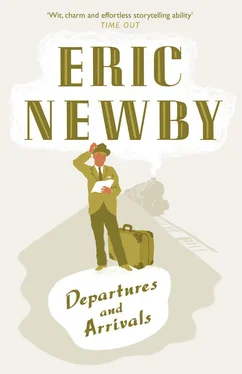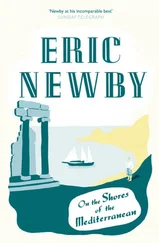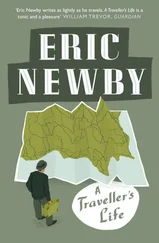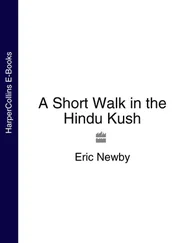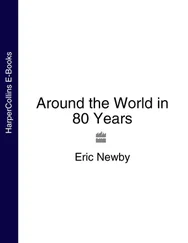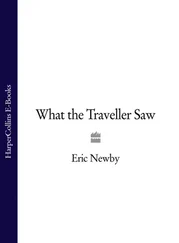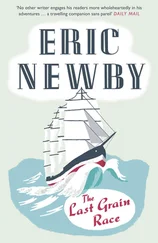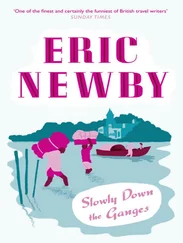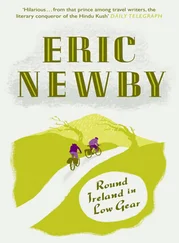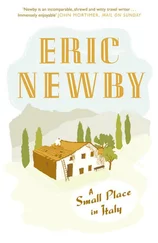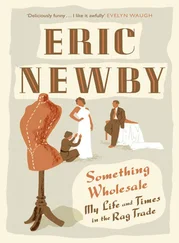The Boileau family also had a house by the Thames at Mortlake, upstream from Barnes. In fact the family must be still turning in their graves to hear their beautiful street called ‘Castlenore’, and the Boileau Arms, the handsome pub at the bridge end of it, built in 1842, ‘Ther Boiler’.
Castelnau has only one almost imperceptible kink in its entire length, again known to almost everyone as ‘Ther Bend’, which effectively prevents anyone from looking up or down its entire length from either end, except from the top of a bus.
‘We’ll just walk up to Ther Bend and back,’ my mother would suddenly say when I no longer had a nurse and was too old to travel by mail cart – which my nurse pushed while I sat looking ahead with my back to the engine.
And we used to set off for this short walk up Castelnau, something less than half a mile, suitably clad against the elements, which were as unpredictable in Barnes as anywhere else.
Facing our front door on the same landing as ours, which was the only place for me to play when it rained, was Number Four. It was occupied by a friend of my mother’s. A jolly, long-legged dress-buyer at Derry and Toms, the large department store in Kensington High Street. She loved parties.
She was known to me as ‘Auntie Lil’ and she had been installed in Number Four by her friend, to me a rather elderly dentist who had his practice in an elegant little house behind Kensington Church Street. He was known to me as ‘Uncle Max’. I wasn’t as keen on Uncle Max as I was on Auntie Lil, as he was also my dentist and not surprisingly I associated him with pain. But ‘Auntie Lil’ was all right, and she gave me bars of Fry’s Chocolate Cream to munch, which made more visits to Uncle Max inevitable.
On the whole things were not going well at Number Four. Then Uncle Max left Auntie Lil, and I remember a good deal of wailing taking place while she was being comforted by my mother; but she still stayed on at Number Four, and then, some time later, she went away. I missed Auntie Lil, and her Fry’s Chocolate Cream bars.
The descent to the ground floor, where One and Two were to be found, was by a linoleum-covered staircase with shiny wooden banisters, down which I used to slide. In fact I could slide the whole way down the banisters from the topmost floor to the ground floor, if so inclined.
The only other occupants of the flats on the upper floors I knew were a Hindu doctor named Dr Wallah and his Scottish nurse/girlfriend. Dr Wallah bore a striking resemblance to Gandhi in early life (in South Africa), but both were so desperately shy that it was difficult for even a five-year-old to talk to them.
Down on the ground floor Number One The Mansions was occupied by Mr and Mrs Ludovici. She was called Marie, was French and clever. He was partly Italian and known to his friends as Ludo. He was something pretty important in the Goldsmiths and Silversmiths Company in Regent Street, and had dealings with Indian princes. He went to work each day by taxi, dressed in a double-breasted black jacket, striped trousers, starched white collar and cuffs, and he always wore a clove carnation in his buttonhole, supplied by a florist near the Boileau Arms. Neither Mr nor Mrs Ludovici suffered fools, and/or small boys, gladly or ungladly and I wouldn’t have dared call them Uncle Ludo or Auntie Marie for all the tea in China.
Although posher than the Newbys, the Ludovicis, I was pleased to note, had a much poorer view of the reservoir than we did on the first floor of The Mansions, due to a privet hedge in front of their windows having been allowed to grow to an excessive height. In fact they couldn’t see the reservoir at all. Perhaps they were the sort of people who didn’t care for views of reservoirs.
Down here on the ground floor there was a space under the stairs in which my chained-up mail cart had been parked until recently, still awaiting my parents’ decision as to how to dispose of it. Eventually, they bequeathed it to a tramp – what was then known as ‘a gentleman of the road’ – who was on his way to spend the summer in the vicinity of Penzance but had got blown slightly off course. He said it would be invaluable to him for carrying his gear when sleeping rough in the open. At that time the main roads of Britain were full of tramps, many of them ex-soldiers on their way southwards to the sun, or else, in winter, travelling from one workhouse to another. There were even some women tramps, but they were rather more frightening than the men. Our particular tramp was about forty and had been a corporal in a Rifle Regiment. He was smart as tramps go, but when he left us, pushing what was now his mail cart, after having transferred his possessions to it from a sack and after a slice of fruit cake and a nice cup of hot sweet tea, the following day we found some strange, cabbalistic chalk marks on the wall outside the entrance, which I later learned years later was tramps’ language to the effect that the occupants of Number Three were a decent touch; but none ever came to try us out.
Now, down on the ground floor, we pushed open the main door, which had a glittering pair of brass doorknobs on it, polished by Edwards, the Head Porter, an ex-Guardsman. He was the custodian of all the flats which belonged to the London County Freehold and Leasehold Company. He was also in command of a number of lesser staff – some of them ex-soldiers who limped, having been wounded. They performed more menial functions, mostly in connection with dustbins and their contents. Edwards also polished the buttons on his navy blue tailcoat, using a button stick to prevent the polish getting on the material. Fifteen years later, when I joined the Army, in 1939, I also found myself using a button stick.
And now, out in the front garden of The Mansions, where the hedges were too high to see over, we turned left on to Castelnau for the long walk up to Ther Bend. Well, it seemed long when you were only five.
On our right now was Glentham Road, at that time a working-class street which encompassed the only part of Barnes at the Hammersmith Bridge end that boasted a bit of downhill. In it was the Sunlight Laundry, which took in our washing and employed numbers of cheerful, noisy girls from Hammersmith. This was the street, too, in which my parents’ chauffeur, Mr Lewington, lived, and where he kept our car, an open Citroën, in his garage. Beyond it was Fanny Road (now renamed St Hilda’s Road). It was to be years later, long after the war began, and I was abroad, before anyone living in Barnes found anything remotely funny in the name Fanny in association with a road. That was, until the Americans arrived in Britain in 1942/3. They had somewhat different ideas of what a Fanny was and when they saw Fanny inscribed on a street sign, they fell about. Soon, Americans from as far away as Piccadilly Circus began making pilgrimages to Fanny Road, SW13, on the Number 9 bus.
Then we used to go on, my mother and I, past where the shops began; past the butcher’s and Hewett’s Stores, which had dead ducks, and geese and pheasants, partridges and grouse, all hanging outside on hooks, in due season.
And inside, dressed in white, and wearing a straw boater whatever the season, was Mr Hewett who never failed to stop doing whatever he was doing, to doff his boater to my mother, a customer of some importance, as she sailed past with or without me in tow.
And next to Hewett’s there was the chemist’s, which I liked just about as much as Uncle Fitz’s surgery, as it had a wealth of what I called ‘Nasty Things’ on offer. And next to that there was a haberdasher’s full of boxes bursting with mother-of-pearl buttons and knicker elastic – important when large numbers of ladies kept their handkerchiefs somewhere in their knickers; and there were rolls of lace that kept on unrolling.
Читать дальше
